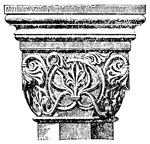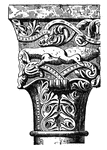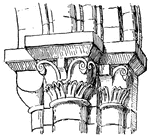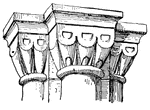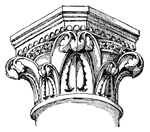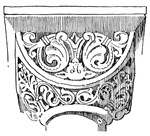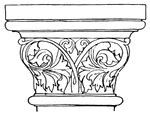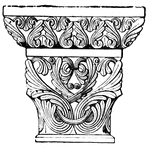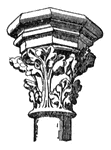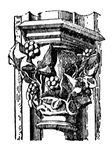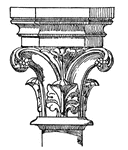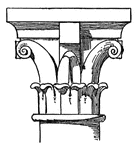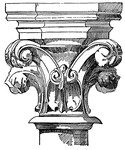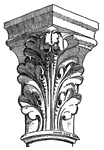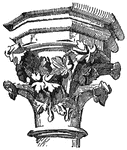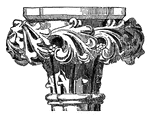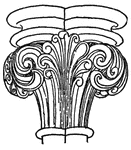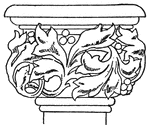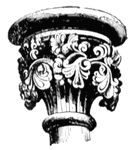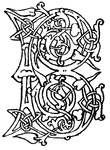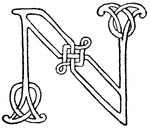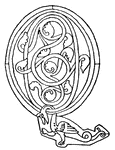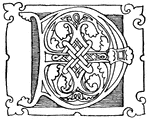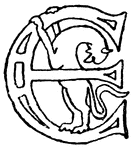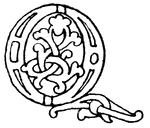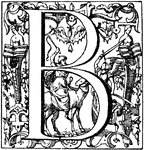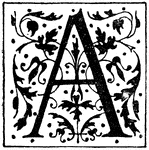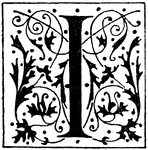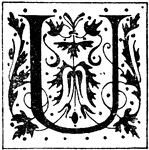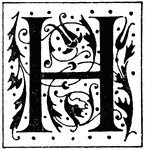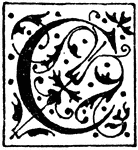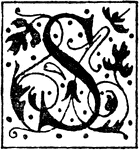
Antic
Antics are fancies having no foundation in nature, as sphinx, centaurs, etc., different flowers growing…
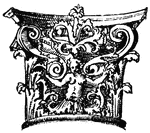
Antic
Antics are fancies having no foundation in nature, as sphinx, centaurs, etc., different flowers growing…
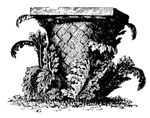
Corinthian Capital
A basket with acanthus leaves growing around it—the supposed inspiration for the Corinthian capital.

Engagement at Romney
"Engagement at Romney, VA., twenty miles from New Creek, Tuesday, June 11th, 1861- the Eleventh Indiana…

Military authorities
"The military authorities at Washington, D. C., examining passes in 1861. This scene was of frequent…

Kentucky Raid
"The Confederate raid into Kentucky- the fight at the Licking Bridge, Cynthiana, between the Federal…

Village of Clarksburg
"Village of Clarksburg, Western Virginia, headquarters of General Rosecrans. Clarksburg, a post village,…

Jefferson City, Missouri
"Jefferson City, capital of Missouri. The arrival of General Fremont's division, September 26th, 1861.…

Paducah, Kentucky
"View of the town of Paducah, Ky., at the confluence of the rivers Ohio and Tennessee, the Northern…
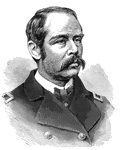
General Francis C. Barlow
"General Barlow, born in Brooklyn, N. Y., October 18th, 1834, was graduated at Harvard in 1855. In 1861…

Confederate Cavalry
"Confederate cavalry driving stragglers and skulkers back to their duty at the Battle of Antietam. One…
